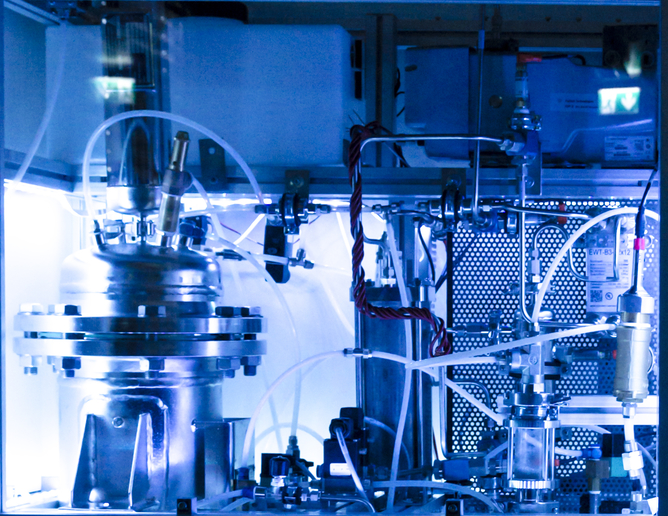3-in-1 wind turbine rotor blades are cheaper, lighter and easier to transport
“Lowering the total cost of energy is a top priority for the wind power industry,” comments Rikard Berthilsson, coordinator of the EU-funded TRIBLADE(opens in new window) project. The rotor blade is a wind turbine part that uses a lot of expensive materials. It is mostly produced by hand and manufactured in one piece. With blades getting longer and longer over the years, production and shipping are becoming more challenging and expensive. As the length of existing rotor blades increases, their associated cost and weight escalate at a faster rate than the turbine’s power output.
The benefits of cost, weight and length
TRIBLADE introduced groundbreaking technology for large wind turbine rotor blades. This 3-in-1 blade dramatically lowers the cost of rotor blades, making them more attractive as an energy source. It considerably reduces shipping costs and allows for standardised shipping in containers and on conventional trucks and ships. As a result, shipping becomes easier and more efficient. Since blades are lighter, they can be manufactured in modules. This modular concept means that the blade is easier to transport. The production process can be automated at a level that can’t be reached by typical blades. Assembly is done at or near the installation site. What’s more, the new technology makes it possible to produce longer blades. As wind turbines continue to get bigger and bigger, TRIBLADE will play an important role in maintaining this trend.
Reversing the limits of blade technology
The three slender blades that drive the rotor are linked together by a supporting structure to form a truss(opens in new window) or framework. This makes the blade very stiff and lightweight. The supporting structure is called bracing and runs diagonally between the blades and perpendicular to them. The blades and the bracing form triangles that together make up a truss structure. A truss is a very common building technique that can be found in numerous applications, such as bridges, cranes and roof beams. While the bracing introduces some additional drag, the blades’ close proximity greatly improves aerodynamic performance. This gives the blades outstanding energy conversion efficiency. To test the innovation, project partners installed a prototype rotor with a diameter of 22 m on a wind turbine. The installation demonstrated the validity of the technology under real conditions. The technology has paved the way for scaling up to full size and completing the development. The TRIBLADE team is in discussions with leading wind turbine manufacturers. These prospective clients are currently assessing the technology for use on their turbines. “The disruptive technology represents a paradigm shift in the rotor blade industry by reducing wind energy cost and accelerating the transition to greater use of wind power worldwide,” concludes Berthilsson. “Looking ahead, TRIBLADE can also spearhead the development of next-generation, larger and more powerful wind turbines by allowing for longer blades than now exist in the market.”







